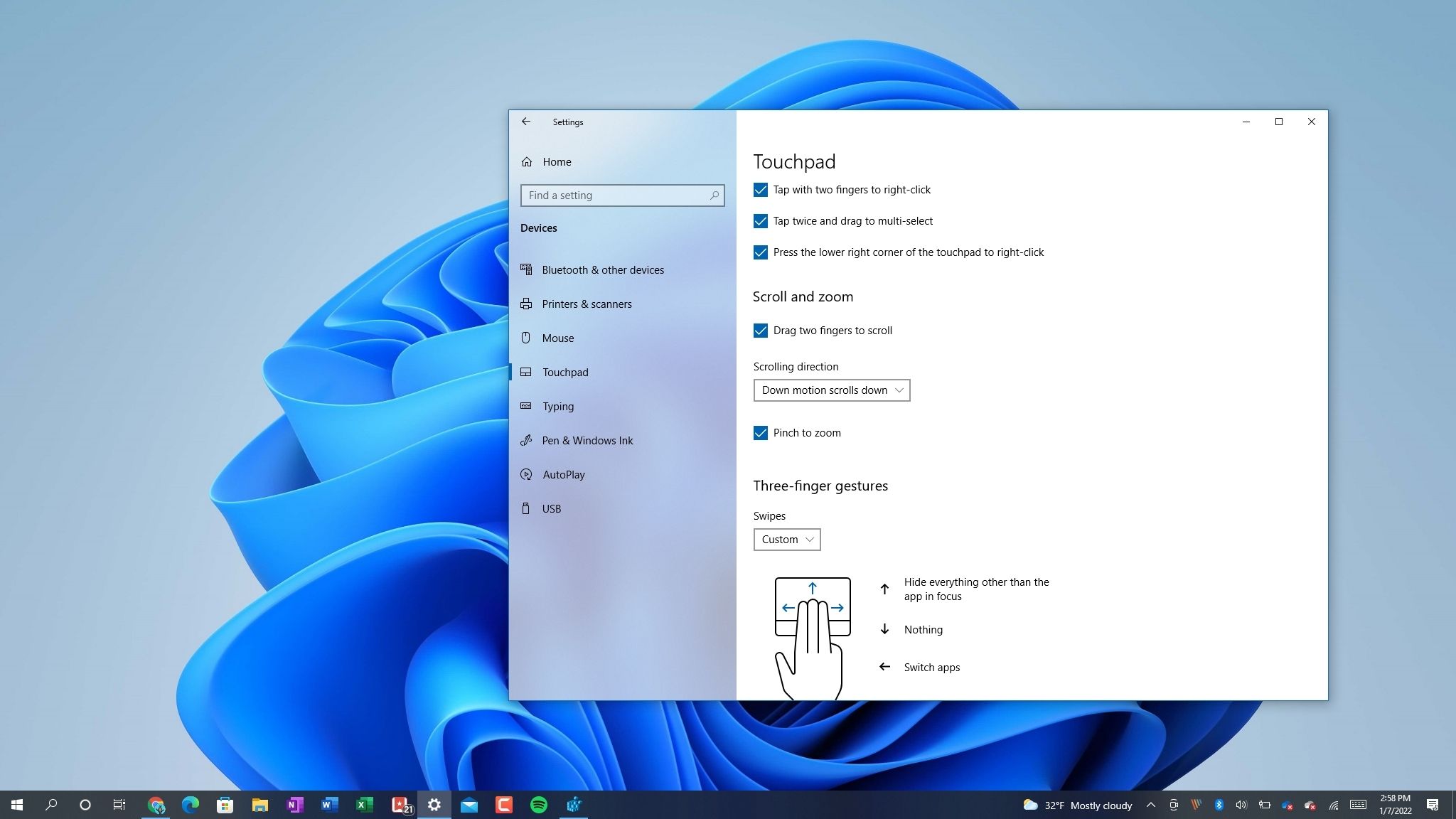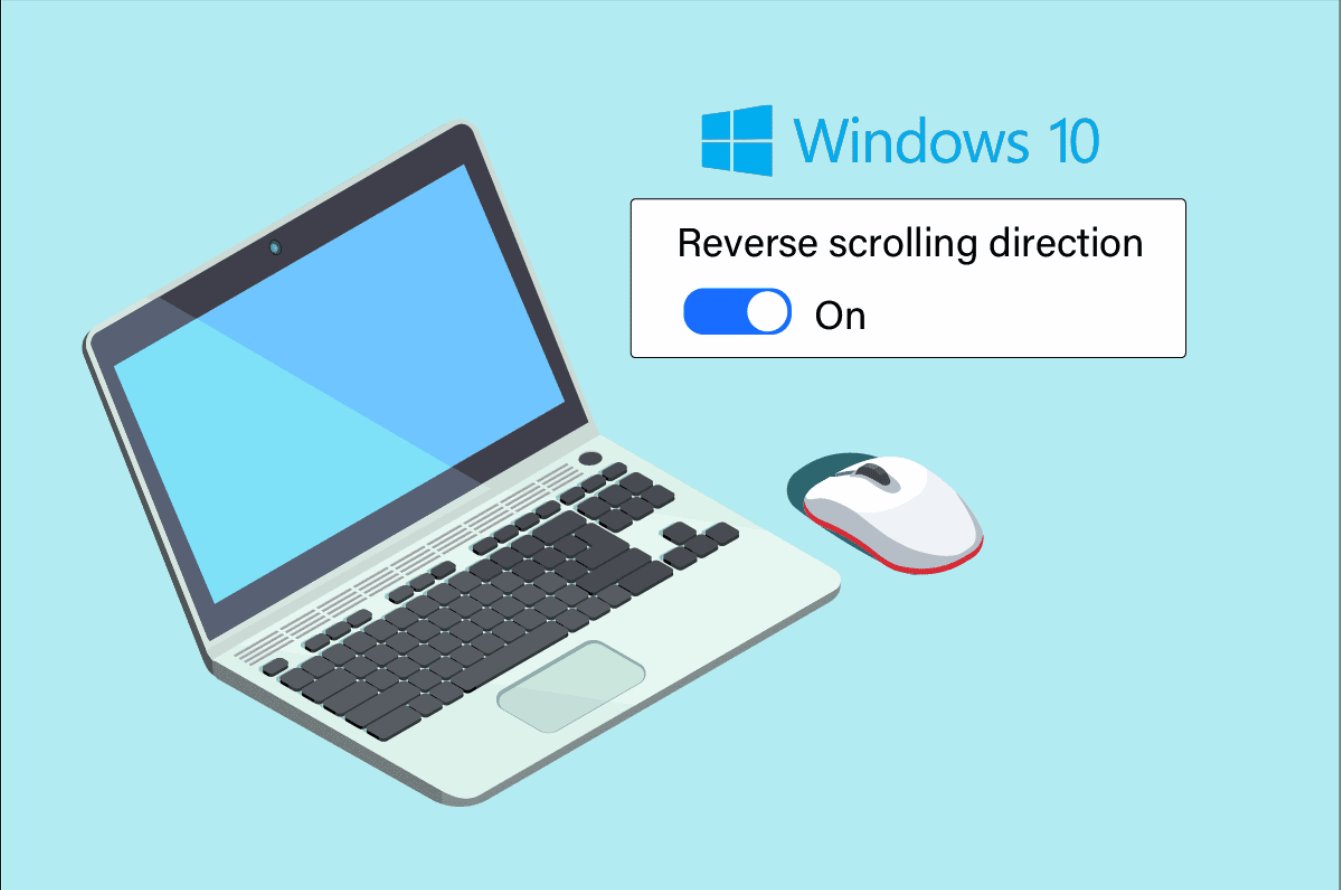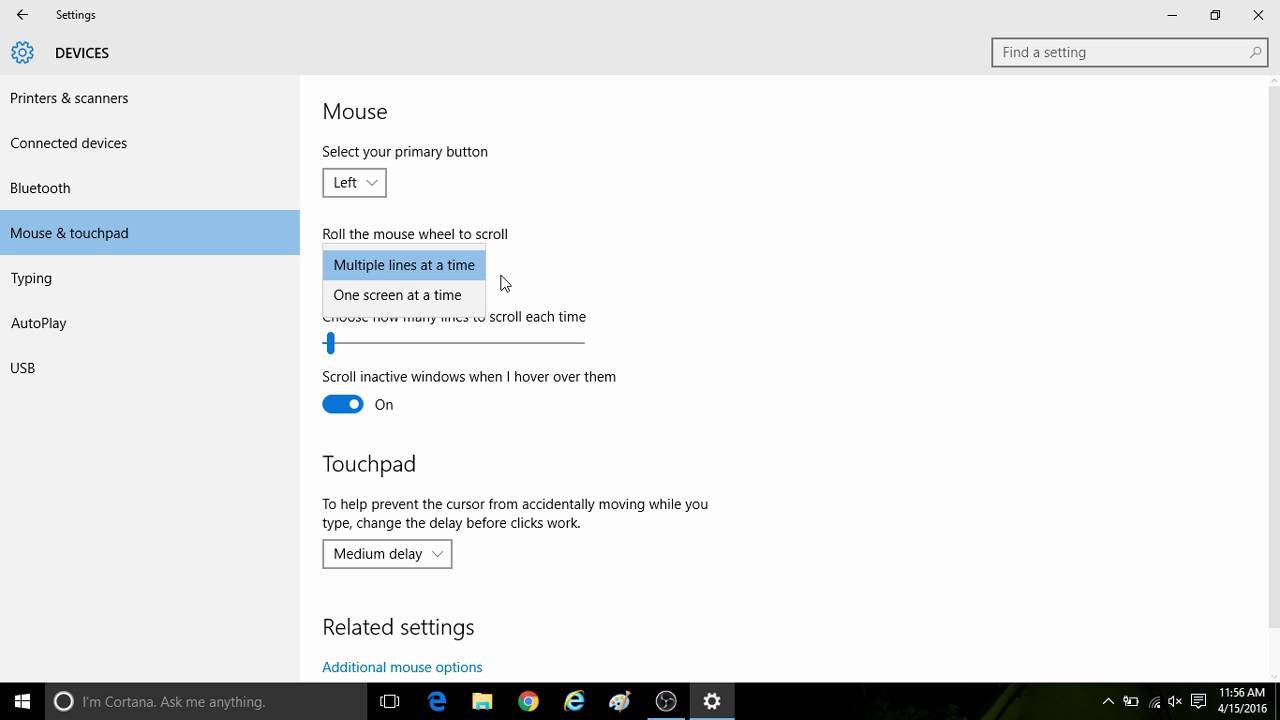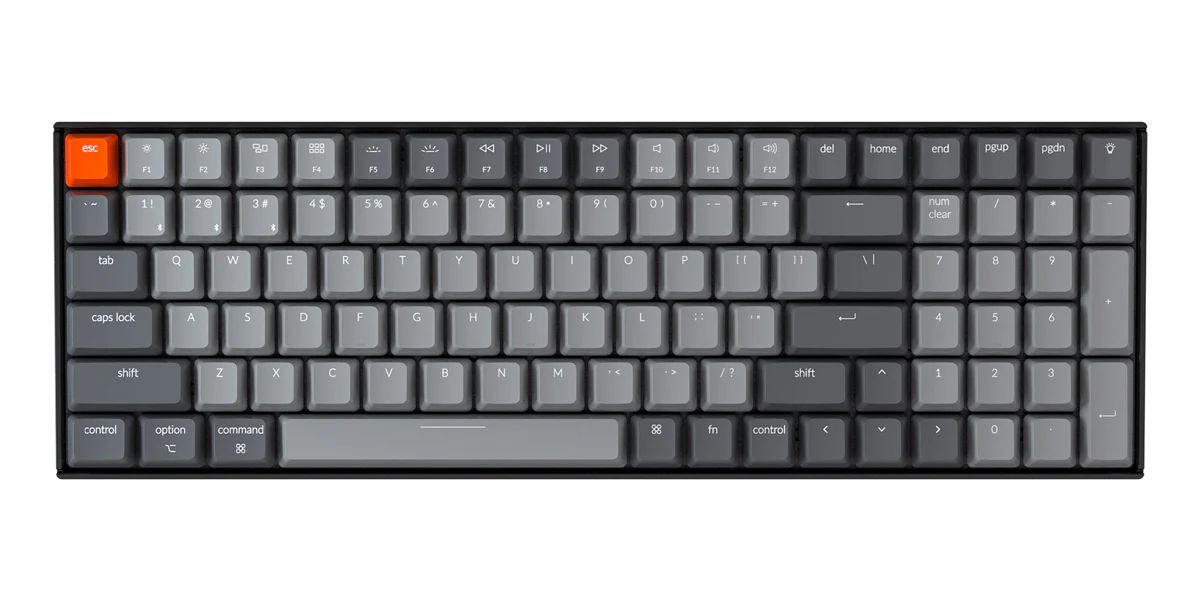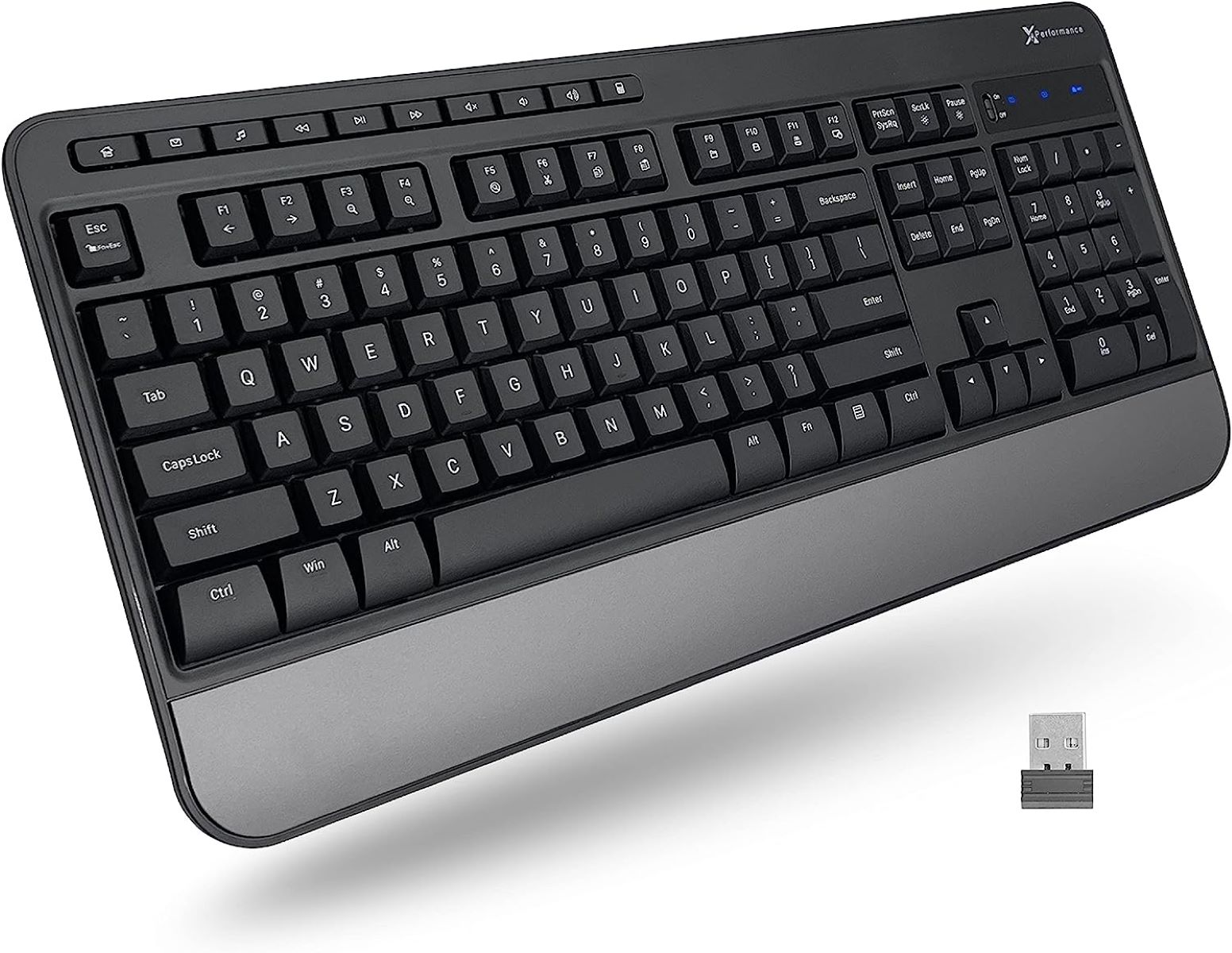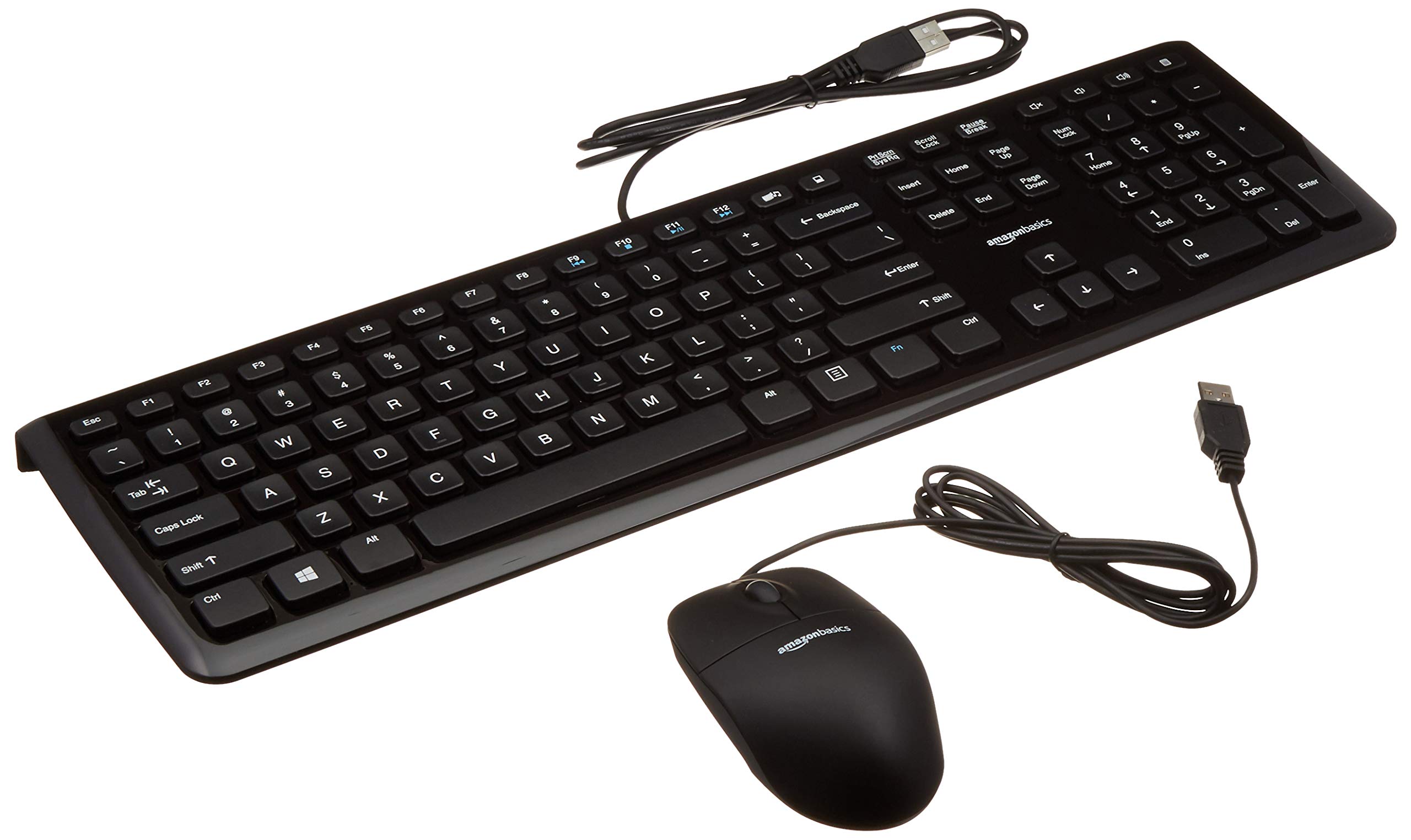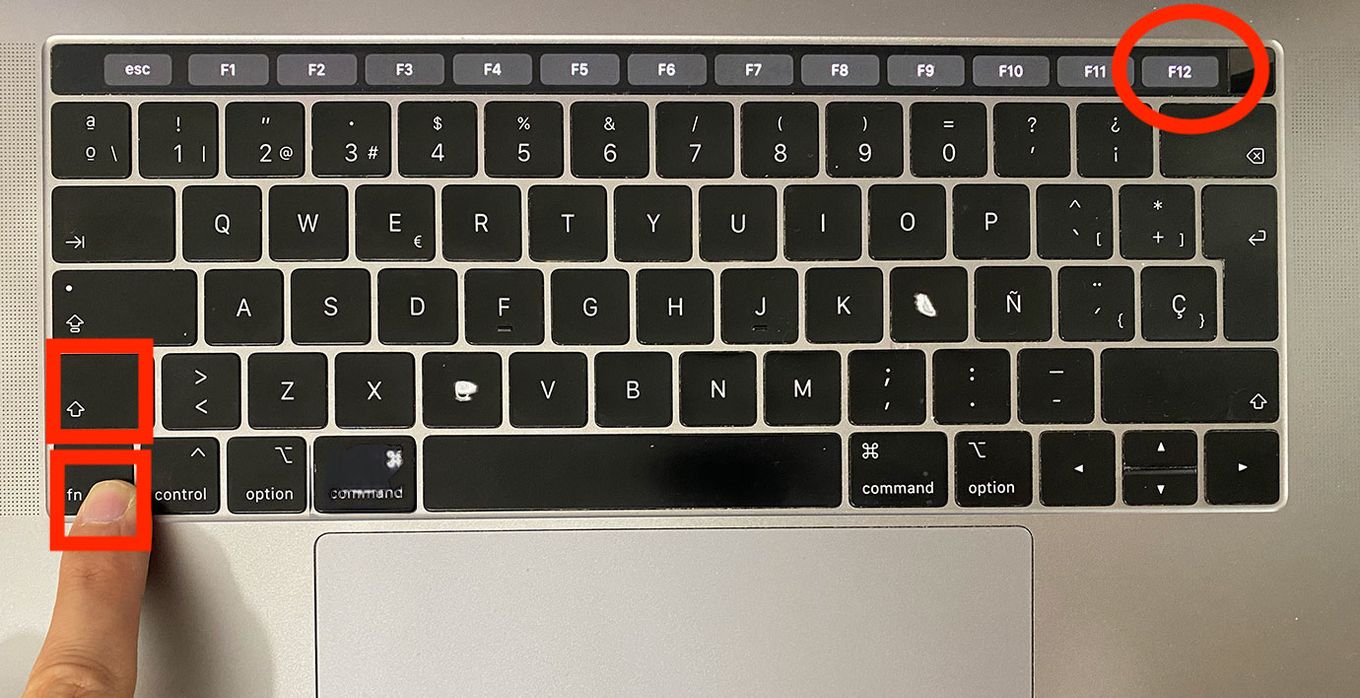Introduction
Are you tired of scrolling in the opposite direction on your mouse pad? Do you find it inconvenient or counterintuitive? If so, you're not alone. Many users prefer to invert the scroll on their mouse pad to align with their natural scrolling habits. Whether you're using a Windows PC or a Mac, this guide will walk you through the process of inverting the scroll to suit your preferences.
Understanding how to invert the scroll on your mouse pad involves adjusting the settings to change the default scrolling behavior. By making these adjustments, you can customize your scrolling experience to better suit your needs and habits. This can lead to increased productivity and a more seamless user experience, as you navigate through documents, websites, and applications with greater ease.
In the following sections, we'll delve into the specifics of inverting the scroll on both Windows and Mac platforms. Additionally, we'll explore how to fine-tune the inverted scroll settings to achieve the desired scrolling speed and responsiveness. Furthermore, we'll address common issues that may arise during the process and provide troubleshooting tips to help you overcome any potential challenges. By the end of this guide, you'll have the knowledge and tools to customize your mouse pad scroll to perfectly align with your preferences. Let's dive in and discover how to make scrolling more intuitive and efficient for you.
Understanding Inverted Scroll
Inverted scroll, also known as natural or reverse scroll, refers to the option of reversing the direction of the scrolling motion on a mouse pad or touchpad. Traditionally, when you swipe your fingers upwards on the mouse pad, the on-screen content moves in the same direction, mimicking the motion of physically pushing a piece of paper upwards. In contrast, with inverted scroll enabled, swiping upwards on the mouse pad causes the on-screen content to move downwards, emulating the action of pulling a document towards you.
This inverted scrolling behavior may seem counterintuitive at first, especially for users accustomed to the traditional scrolling method. However, many individuals find that inverted scroll better aligns with their natural scrolling instincts, particularly if they are familiar with touchscreen devices where the content moves in the same direction as their finger movement. In essence, inverted scroll aims to replicate the tactile experience of interacting with touchscreens, creating a more consistent and intuitive scrolling experience across various devices.
Understanding the concept of inverted scroll is crucial for those seeking to customize their scrolling preferences. By grasping the underlying principles of this feature, users can make informed decisions about whether to enable or disable inverted scroll based on their personal preferences and usage habits. Whether you prefer the traditional scrolling method or opt for the natural scrolling experience, knowing how to adjust these settings empowers you to tailor your device’s behavior to suit your individual needs.
As we delve further into this guide, we’ll explore the step-by-step process of enabling inverted scroll on both Windows and Mac platforms. Additionally, we’ll discuss how to fine-tune the inverted scroll settings to achieve the optimal scrolling speed and responsiveness for your specific requirements. Let’s continue our journey to master the art of customizing mouse pad scroll behavior to enhance your overall user experience.
How to Invert Scroll on a Windows PC
If you’re using a Windows PC and wish to invert the scroll on your mouse pad, you can easily adjust this setting through the system preferences. Here’s a simple step-by-step guide to help you customize the scrolling behavior to better align with your natural scrolling habits:
- Access Settings: Begin by clicking on the Start button and selecting Settings (the gear-shaped icon) to open the Windows Settings menu.
- Open Devices: Within the Settings menu, locate and click on Devices to access the device settings, including the touchpad configuration.
- Adjust Touchpad Settings: Under the Devices menu, select Touchpad from the left-hand sidebar to view the touchpad settings.
- Toggle Scroll Direction: Look for the option to Change the direction of scrolling or a similar setting that allows you to toggle the scroll direction. Enable this option to invert the scroll on your mouse pad.
- Save Changes: Once you’ve adjusted the scroll direction to your preference, ensure to save the changes before exiting the settings menu.
After following these steps, the scroll direction on your mouse pad will be inverted, allowing you to scroll more intuitively based on your personal preferences. By customizing this setting, you can enhance your scrolling experience and streamline your navigation across various applications and webpages on your Windows PC.
It’s important to note that the specific steps for inverting the scroll on a Windows PC may vary slightly depending on the version of Windows you are using. However, the general process typically involves accessing the system settings, navigating to the touchpad configuration, and adjusting the scroll direction to suit your desired preferences.
Now that you’ve learned how to invert the scroll on a Windows PC, let’s explore the process of achieving the same customization on a Mac platform.
How to Invert Scroll on a Mac
If you’re a Mac user and prefer to invert the scroll on your mouse pad, you can easily modify this setting through the system preferences. Follow these straightforward steps to customize the scrolling behavior to align with your natural scrolling tendencies:
- Access System Preferences: Begin by clicking on the Apple logo in the top-left corner of the screen and selecting System Preferences from the dropdown menu.
- Open Trackpad Settings: Within the System Preferences window, locate and click on Trackpad to access the trackpad configuration settings.
- Adjust Scroll Direction: Look for the option to Scroll direction or a similar setting that allows you to toggle the scroll direction. Enable this option to invert the scroll on your mouse pad.
- Save Changes: Once you’ve adjusted the scroll direction to your preference, ensure to save the changes before closing the System Preferences window.
By following these steps, you can effortlessly invert the scroll direction on your Mac’s mouse pad, providing a more intuitive scrolling experience that aligns with your personal habits. This customization empowers you to navigate through documents, websites, and applications with greater ease and familiarity.
It’s worth noting that the specific steps for inverting the scroll on a Mac may vary slightly depending on the version of macOS you are using. However, the general process typically involves accessing the System Preferences, navigating to the Trackpad settings, and adjusting the scroll direction to suit your desired preferences.
Now that you’ve learned how to invert the scroll on a Mac, let’s explore how to fine-tune the inverted scroll settings to achieve the optimal scrolling speed and responsiveness on both Windows and Mac platforms.
Adjusting Inverted Scroll Settings
Once you’ve successfully inverted the scroll on your mouse pad, you may want to further customize the scrolling experience by adjusting the settings to suit your specific preferences. Whether you’re using a Windows PC or a Mac, fine-tuning the inverted scroll settings allows you to optimize the scrolling speed and responsiveness, ensuring a seamless and personalized user experience.
On both Windows and Mac platforms, you can typically adjust the inverted scroll settings by accessing the system preferences or settings menu related to the touchpad or trackpad. Within these settings, you may find options to modify the scrolling speed, enable additional gestures, or customize other aspects of the scrolling behavior.
For Windows users, the touchpad settings often provide the flexibility to adjust the scrolling speed and enable or disable various multi-finger gestures, allowing you to tailor the scrolling experience to your liking. By experimenting with these settings, you can find the ideal combination that enhances your productivity and comfort while navigating through digital content.
Mac users can similarly delve into the trackpad settings to fine-tune the inverted scroll preferences. Within the Trackpad settings, you may have the opportunity to adjust the tracking speed, enable specific gestures, and customize other trackpad-related behaviors. These adjustments enable you to create a personalized scrolling experience that aligns with your unique scrolling habits and workflow.
By exploring the available settings and experimenting with different configurations, you can achieve a customized scrolling experience that optimally caters to your individual needs. Whether you prefer a faster scrolling speed for efficient navigation or additional gestures for enhanced control, adjusting the inverted scroll settings empowers you to tailor your device’s behavior to align with your preferences.
As you fine-tune the inverted scroll settings, consider testing the adjustments across various applications and tasks to ensure that the scrolling behavior complements your workflow and enhances your overall user experience. By making these personalized modifications, you can unlock the full potential of inverted scroll and maximize its benefits in your day-to-day digital interactions.
Troubleshooting Common Issues
While inverting the scroll on your mouse pad can greatly enhance your scrolling experience, you may encounter common issues during the customization process. Understanding how to troubleshoot these issues can help you overcome potential challenges and ensure that the inverted scroll functions seamlessly on your device.
One common issue that users may encounter is the inability to locate the scroll inversion settings within the system preferences or settings menu. If you’re having trouble finding the option to invert the scroll, consider referring to the user manual or online support resources specific to your device model and operating system. Additionally, performing a web search using relevant keywords can often lead to helpful step-by-step guides or video tutorials for enabling inverted scroll on your particular device.
Another frequent issue involves unintended changes to the scroll direction or erratic scrolling behavior after modifying the settings. If you notice unexpected scrolling patterns or inconsistencies in the scrolling responsiveness, consider restarting your device to see if the issue resolves itself. Additionally, revisiting the touchpad or trackpad settings to ensure that the scroll inversion option is enabled can help rectify any unintended alterations to the scrolling behavior.
Sometimes, after inverting the scroll, users may experience compatibility issues with certain applications or encounter discrepancies in the scrolling behavior across different software. In such cases, it’s beneficial to check for updates to the applications and the operating system, as software updates often include bug fixes and optimizations that can address scrolling-related issues. Furthermore, reaching out to the support channels of specific applications or the device manufacturer can provide valuable insights and potential solutions to resolve compatibility challenges.
If you find that the inverted scroll settings are not persisting or resetting after system updates or restarts, consider reaching out to the device manufacturer’s support team for assistance. They can offer guidance on preserving the customized scroll settings and ensuring that the inverted scroll remains consistent across various usage scenarios.
By familiarizing yourself with these common issues and their troubleshooting approaches, you can navigate the process of inverting the scroll on your mouse pad with greater confidence and resolve any potential hurdles that may arise along the way. With the knowledge to troubleshoot these issues, you can ensure a smooth and seamless transition to an inverted scroll configuration that enhances your scrolling experience.







